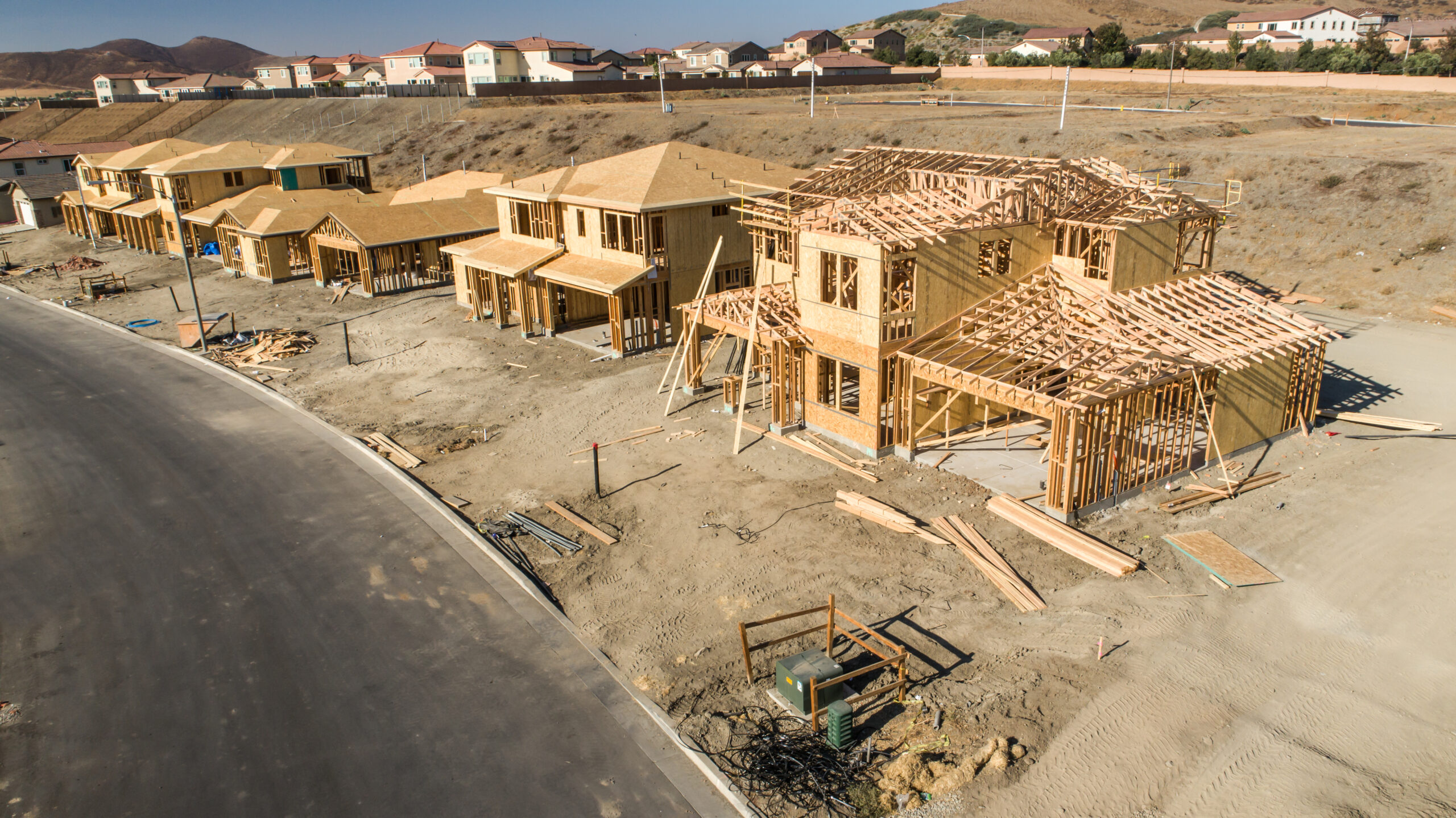When planning a construction project, the ground beneath is just as important as the structure you’re building. This is where geotechnical reports come into play. These documents are essential in understanding the unique characteristics of the soil on a construction site. They offer detailed insights into the soil’s composition, strength, and stability. Without this information, any construction project might run into unforeseen issues, which can be costly and time-consuming.
Geotechnical reports help guide the building process by ensuring that the foundation of your structure is sound and secure. They provide a roadmap for the best practices in soil stabilization, highlighting potential challenges and opportunities. This ensures a solid foundation, saving builders from future headaches. With accurate soil data, decisions can be made about the right stabilization techniques needed, which helps in designing structures that are resilient and safe.
The Soil Analysis Process
To dive deep into the nature of the ground before construction, soil analysis becomes crucial. This process begins with collecting soil samples from different locations and depths around the proposed site. Each sample tells a story about its composition — whether it’s sandy, clay-rich, or loamy. These samples undergo various tests to assess their strengths, weaknesses, and moisture content.
Tools and technologies have evolved significantly over time to provide precise data during soil analysis. These include:
– Cone Penetration Testing (CPT): A method where a cone-shaped tool is pushed into the soil to measure resistance.
– Borehole Drilling: Extracting cylindrical soil samples helps understand the layers and uniformity.
– Seismic Surveys: These help detect the soil’s response to vibrations, gauging its density and structure.
Once data from these tests is compiled, geotechnical reports categorize soil conditions into specific types such as clay, silty, or gravelly. Each type has unique properties that affect how it behaves under weight and environmental changes. For instance, clay soils might expand when wet, while sandy soils provide better drainage but might not support heavy loads. Understanding these conditions is key to selecting the right approach for soil stabilization and long-term success of the construction project.
Customizing Soil Stabilization Techniques Based on Reports
Geotechnical reports play a pivotal role in shaping the approach to soil stabilization. These reports offer crucial insights that enable engineers and builders to select the best stabilization methods for each site. By identifying the specific soil types and their behaviors, effective strategies can be developed to ensure structures remain stable over time.
Let’s consider a site with clay soils that expand when wet. A geotechnical report would highlight this issue, allowing for a customized stabilization approach that addresses potential swelling. Perhaps a specific treatment could be applied to prevent water absorption, reducing the risk of cracking or shifting in the foundation.
– Informed Decision Making: Geotechnical reports inform whether to use mechanical stabilization, substance-based treatments, or a combination of methods.
– Tailored Approaches: Different solutions, like moisture barriers or soil densification, are chosen based on soil types.
– Environmental Considerations: Reports reveal possible impacts on surrounding areas, guiding eco-friendly stabilization practices.
This tailored approach not only addresses challenges but also takes advantage of opportunities offered by the site’s unique characteristics.
Building Strong Foundations for the Future
Using geotechnical reports to guide soil stabilization doesn’t just solve immediate issues; it also paves the way for long-term benefits. When you know exactly how the soil will behave, it reduces surprises down the road. This results in fewer repairs and less maintenance, ultimately saving money and time.
Trust in professional methods comes from seeing these advantages manifest in strong and resilient structures. By addressing the specific needs of the soil from the get-go, contractors and developers can ensure that their projects stand the test of time, with minimized risks and maximized value.
Properly stabilized soil lays the groundwork for safety and durability. The insights drawn from a thorough analysis mean less worry about future settling or structural issues. By relying on well-informed strategies, everyone involved — from large-scale developers to individual homeowners — can build with confidence, securing stable and steady foundations for years to come.
Ready to build strong and resilient structures? Discover how our expertise in ground stabilization methods can give your construction projects the stability they need. Trust ProChemical Soil Stabilization to help you lay the groundwork for lasting success. Whether you’re laying the foundation for a new home or ensuring the stability of a commercial property, our solutions are tailored to meet your specific needs.

